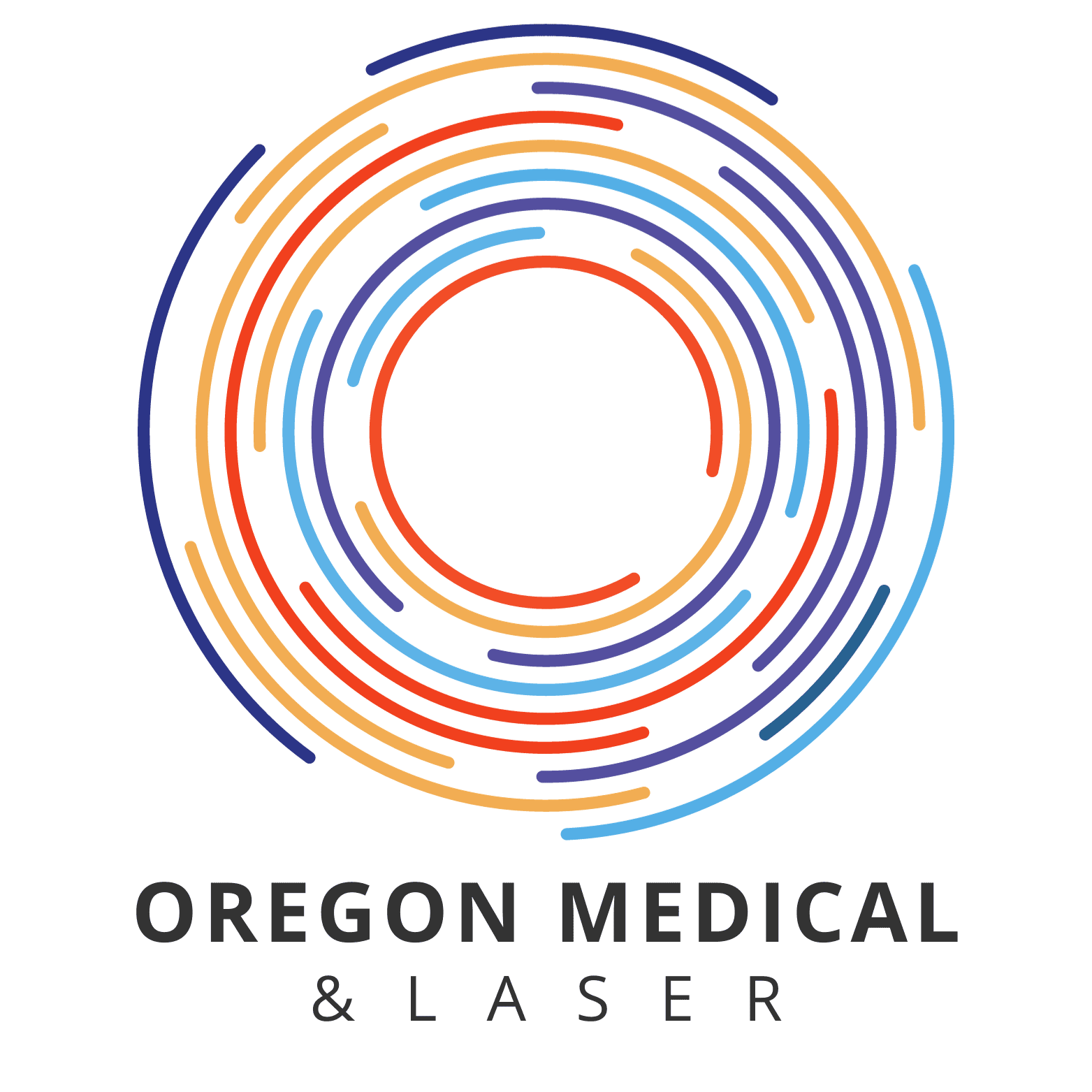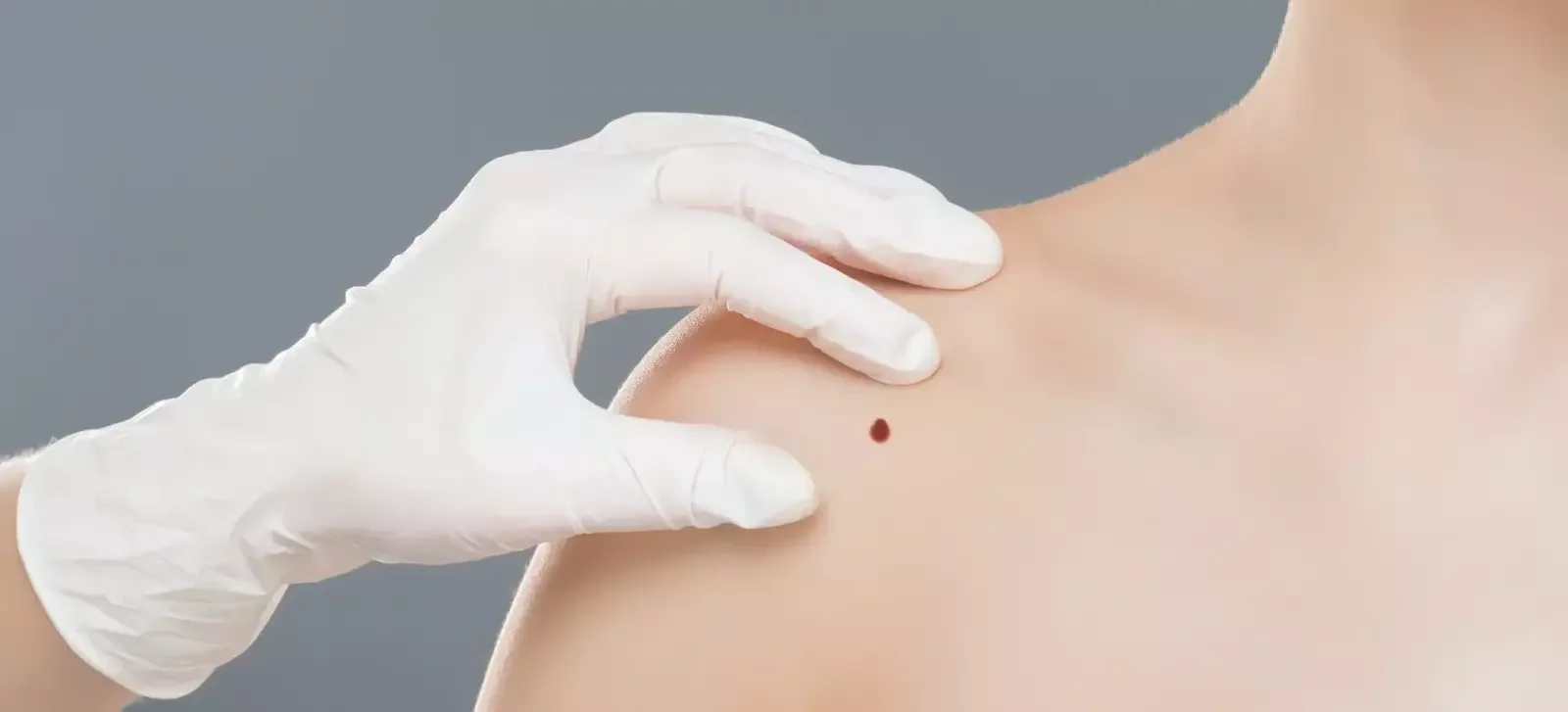
Mole, Wart, and Skin Tag Removal
Are you curious about moles and skin tags? These common skin growths are more than cosmetic concerns; understanding them is essential for safe removal. Moles and skin tags each have unique characteristics and removal techniques. Come visit us to learn about effective methods like surgical excision for moles and cryotherapy for skin tags, along with safe home remedy tips.
~1-5
Days of Downtime
100's
REVIEWS
2300+
CLIENTS
Professional Mole and Skin Tag Removal in Portland, Oregon
Oregon Medical & Laser offers effective and safe mole and skin tag removal services for clients in the Portland Metro area. Moles and skin tags are common skin growths that can be unsightly or bothersome, but our experienced healthcare professionals can help you achieve clearer, smoother skin.
Our clinic provides a range of removal techniques, including surgical excision for moles and cryotherapy or cauterization for skin tags. Surgical excision is a preferred method for suspicious moles, as it allows for biopsy to rule out any malignancy. Cryotherapy and cauterization are quick, minimally invasive options that typically leave little to no scarring.
While some may consider over-the-counter products or home remedies like salicylic acid, professional treatment ensures proper technique and minimizes the risk of infection or skin damage. At Oregon Medical & Laser, we prioritize your safety and satisfaction.
If you’re considering mole or skin tag removal, consult with our knowledgeable team to determine the most appropriate method for your unique needs. Contact Oregon Medical & Laser today to schedule your appointment and take the first step toward clearer, more confident skin.
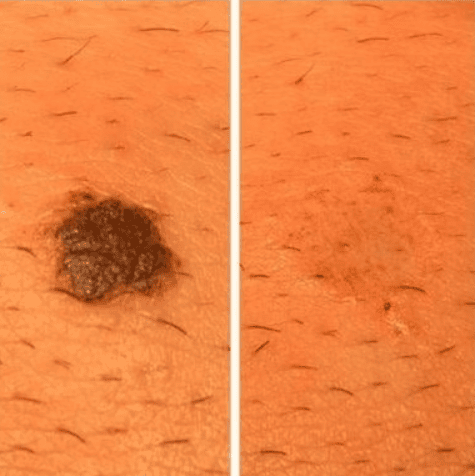
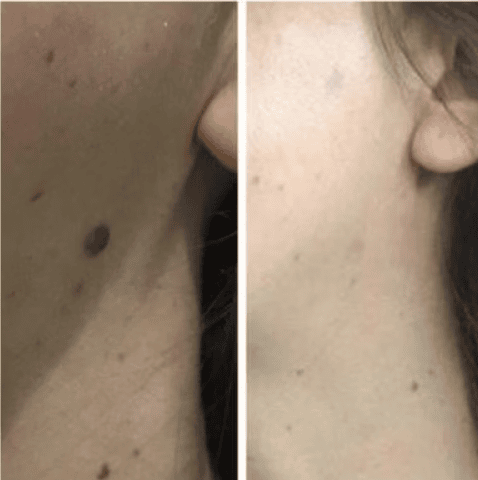
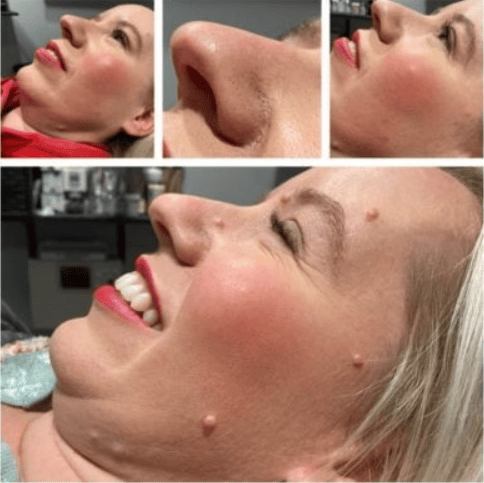
Frequently Asked Questions
Is it covered by insurance?
Unfortunately, the majority of insurance plans do not cover mole removal and consider it an elective treatment. We do accept FSA/HSA cards, if offered by your employer or plan provider - these treatments are FSA/HSA eligible as it is considered a surgical procedure by a physician.
Lesions or moles that are suspicious and require pathology may be covered or reimbursable by insurance. Our team can provide a super bill that can be submitted to your insurance for reimbursement request and review.
What is the process of mole and skin tag removal?
Mole and skin tag removal typically involves a consultation with a clinician, who will assess the growths. The removal can be done using methods such as excision, cryotherapy, or laser therapy, depending on the type and location of the mole or skin tag.
Are there any risks associated with mole and skin tag removal?
Yes, mole and skin tag removal can come with risks such as scarring, infection, or changes in skin pigmentation. It’s important to have the procedure done by a qualified professional to minimize these risks.
How much does mole and skin tag removal typically cost?
The cost of mole and skin tag removal can vary widely based on factors like location, the number of growths being removed, and the method used. On average, prices can range from $100 to $500 per mole or skin tag.
Can I remove moles and skin tags at home?
While there are home remedies and over-the-counter products available, it’s not recommended to remove moles and skin tags at home. Professional removal ensures safety and proper diagnosis, especially if a mole may be suspicious or require review.
How long does it take to recover from mole and skin tag removal?
Recovery time after mole and skin tag removal varies by method. Typically, minor procedures can heal within a week, while deeper excisions may take longer. Following post-procedure care instructions is crucial for optimal healing.
Is mole removal permanent?
